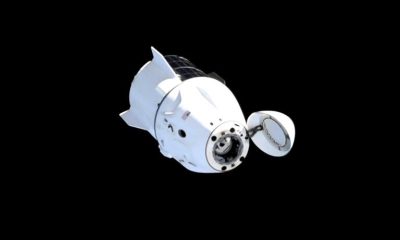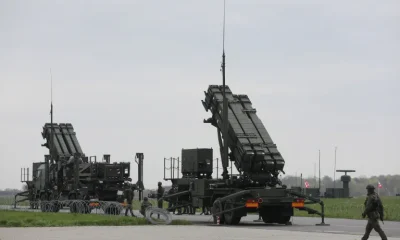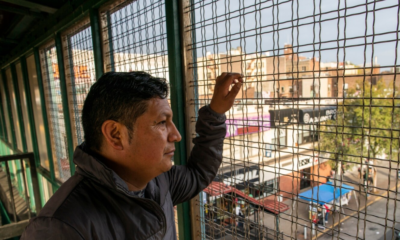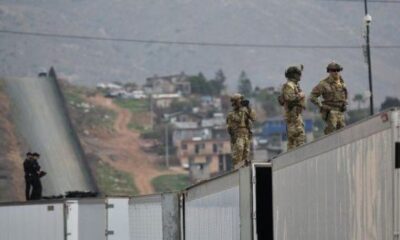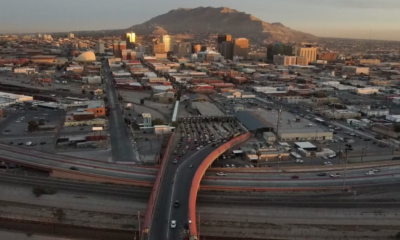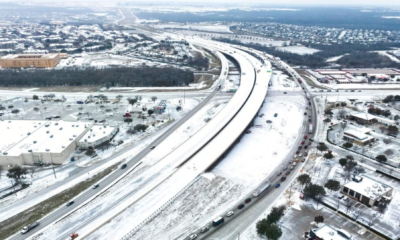International
Final preparations underway for NASA’s Moon rocket launch
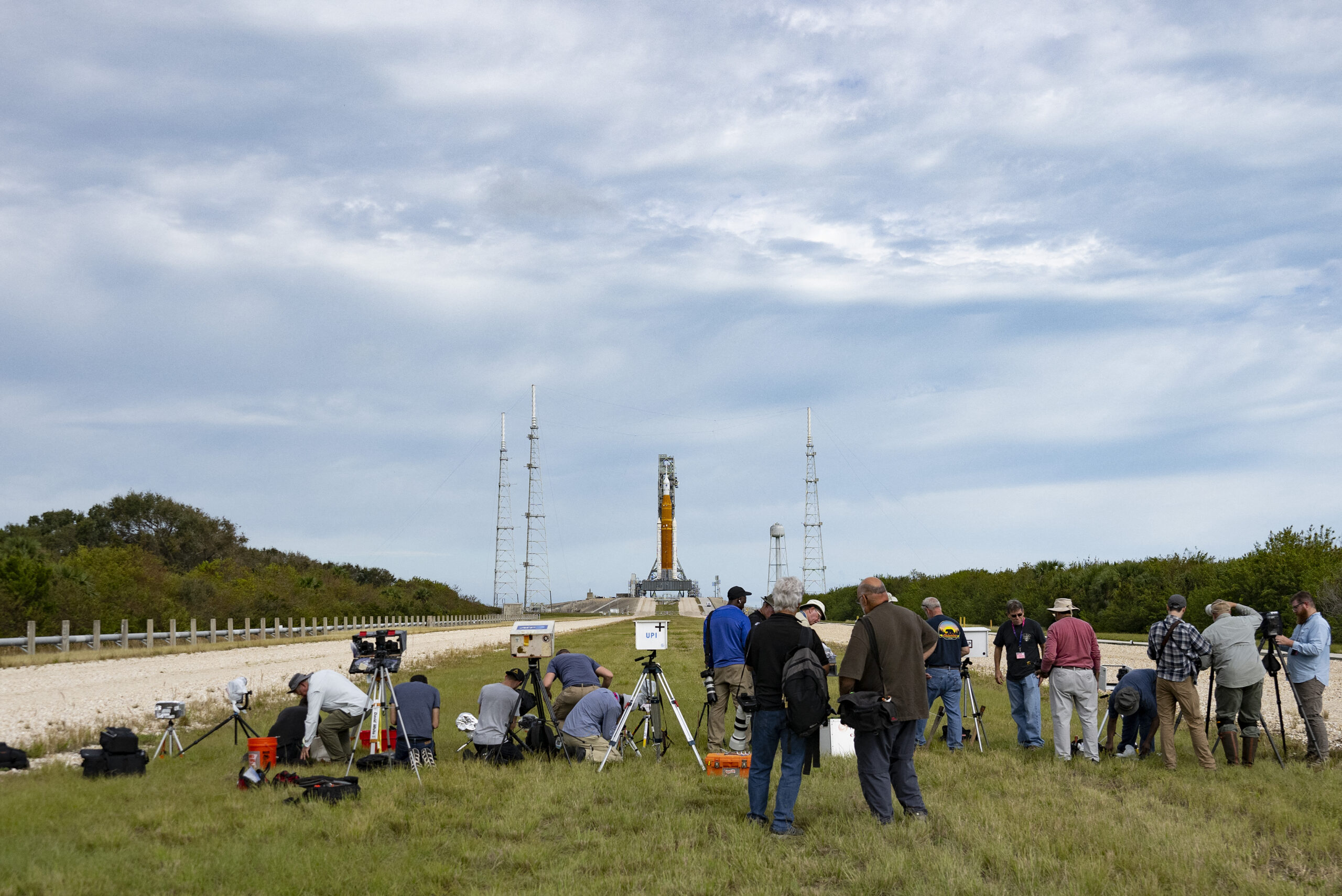
| By AFP | Lucie Aubourg |
After two failed attempts this summer, NASA was busy Monday completing final preparations for the launch of its new mega Moon rocket, now scheduled for early Wednesday from Florida.
The Artemis 1 mission, a test flight without astronauts, represents the first step in the US space agency’s plan to build a lasting presence on the Moon, and taking lessons from there to prepare for a future voyage to Mars.
Named after the sister of Apollo in Greek mythology, the new space program comes 50 years after humans last set foot on lunar soil.
The first launch of the Space Launch System rocket, the most powerful ever designed by NASA, is set for Wednesday at 1:04 am local time (0604 GMT), with a possible launch window of two hours.
Countdown has already begun at the storied Kennedy Space Center, where the orange and white behemoth awaits its maiden flight.
The takeoff is scheduled less than a week after the passage of Hurricane Nicole, which the rocket endured outside on its launch pad.
For now, officials are evaluating the risk associated with hurricane damage to a thin strip of caulk-like material called RTV, which encircles the Orion crew capsule atop the rocket, and makes it more aerodynamic.
Teams are looking at whether the RTV could shake loose during launch and pose problems.
Two fallback dates are possible if needed, on November 19 and 25.
But Mike Sarafin, in charge of the Artemis 1 mission, was optimistic Sunday evening. “I feel good headed into this attempt,” he said.
Far side of Moon
The weather promises to be mild, with a 90 percent chance of favorable conditions during the launch window.
At the end of September, the rocket had to be wheeled back to its assembly building to be sheltered from another hurricane, Ian, postponing the mission by several weeks.
Before these weather setbacks, two launch attempts had to be canceled for technical reasons.
The first failure was related to a faulty sensor, and the second to a fuel leak when filling the rocket’s tanks. It runs on ultra-cold, ultra-volatile liquid oxygen and hydrogen.
NASA has since replaced a seal and modified its procedures to avoid thermal shock as much as possible, and succeeded in a tank filling test in late September.
These filling operations are now due to begin Tuesday afternoon, under the orders of Charlie Blackwell-Thompson, NASA’s first female launch director.
About 100,000 people are expected on the coast to watch the launch, with the rocket promising to light up the night sky.
The Orion capsule will be lifted by two boosters and four powerful engines under the core stage, which will detach after only a few minutes.
After a final push from the upper stage, the capsule will be well on its way, taking several days to reach its destination.
Rather than landing on the Moon, it will assume a distant orbit, venturing 40,000 miles (64,000 kilometers) beyond Earth’s natural satellite — further than any other habitable spacecraft so far.
Finally, Orion will embark on the return leg of its journey. When passing through the atmosphere, the capsule’s heat shield will need to withstand a temperature half as hot as the Sun’s surface.
If takeoff happens Wednesday, the mission would last 25 and a half days in all, with a splashdown in the Pacific Ocean on December 11.
NASA is banking on a successful mission after developing the SLS rocket for more than a decade. It will have invested more than $90 billion in its new lunar program by the end of 2025, according to a public audit.
Artemis 2 will be almost a replay of the first mission, albeit with astronauts, in 2024.
Boots on the ground should happen during Artemis 3, no sooner than 2025, with the crew set to include the first woman and first person of color on the Moon.
NASA then wants to launch around one mission per year and build a lunar space station called Gateway. There, humanity must learn to live in deep space and develop the technologies necessary for a round trip to Mars, perhaps in the late 2030s.
International
María Corina Machado says Venezuela’s political transition “must take place”

Venezuelan opposition leader María Corina Machado said this Thursday, during a virtual appearance at an event hosted by the Venezuelan-American Association of the U.S. (VAAUS) in New York, that Venezuela’s political transition “must take place” and that the opposition is now “more organized than ever.”
Machado, who is set to receive the Nobel Peace Prize on December 10 in Oslo, Norway — although it is not yet known whether she will attend — stressed that the opposition is currently focused on defining “what comes next” to ensure that the transition is “orderly and effective.”
“We have legitimate leadership and a clear mandate from the people,” she said, adding that the international community supports this position.
Her remarks come amid a hardening of U.S. policy toward the government of Nicolás Maduro, with new economic sanctions and what has been described as the “full closure” of airspace over and around Venezuela — a measure aimed at airlines, pilots, and alleged traffickers — increasing pressure on Caracas and further complicating both air mobility and international commercial operations.
During her speech, Machado highlighted the resilience of the Venezuelan people, who “have suffered, but refuse to surrender,” and said the opposition is facing repression with “dignity and moral strength,” including “exiles and political prisoners who have been separated from their families and have given everything for the democratic cause.”
She also thanked U.S. President Donald Trump for recognizing that Venezuela’s transition is “a priority” and for his role as a “key figure in international pressure against the Maduro regime.”
“Is change coming? Absolutely yes,” Machado said, before concluding that “Venezuela will be free.”
International
Catalonia’s president calls for greater ambition in defending democracy

The President of the Generalitat of Catalonia, Salvador Illa, on Thursday called for being “more ambitious” in defending democracy, which he warned is being threatened “from within” by inequality, extremism, and hate speech driven by what he described as a “politics of intimidation,” on the final day of his visit to Mexico.
“The greatest threat to democracies is born within themselves. It is inequality and the winds of extremism. Both need each other and feed off one another,” Illa said during a speech at the National Autonomous University of Mexico (UNAM) in Mexico City.
In his address, Illa stated that in the face of extremism, society can adopt “two attitudes: hope or fear,” and warned that hate-driven rhetoric seeks to weaken citizens’ resolve. “We must be aware that hate speech, the politics of intimidation, and threats in the form of tariffs, the persecution of migrants, drones flying over Europe, or even war like the invasion of Ukraine, or walls at the border, all pursue the same goal: to make citizens give up and renounce who they want to be,” he added.
Despite these challenges, he urged people “not to lose hope,” emphasizing that there is a “better alternative,” which he summarized as “dialogue, institutional cooperation, peace, and human values.”
“I sincerely believe that we must be more ambitious in our defense of democracy, and that we must remember, demonstrate, and put into practice everything we are capable of doing. Never before has humanity accumulated so much knowledge, so much capacity, and so much power to shape the future,” Illa stressed.
For that reason, he called for a daily defense of the democratic system “at all levels and by each person according to their responsibility,” warning that democracy is currently facing an “existential threat.”
International
WMO predicts 55% chance of weakened La Niña impacting global weather this winter
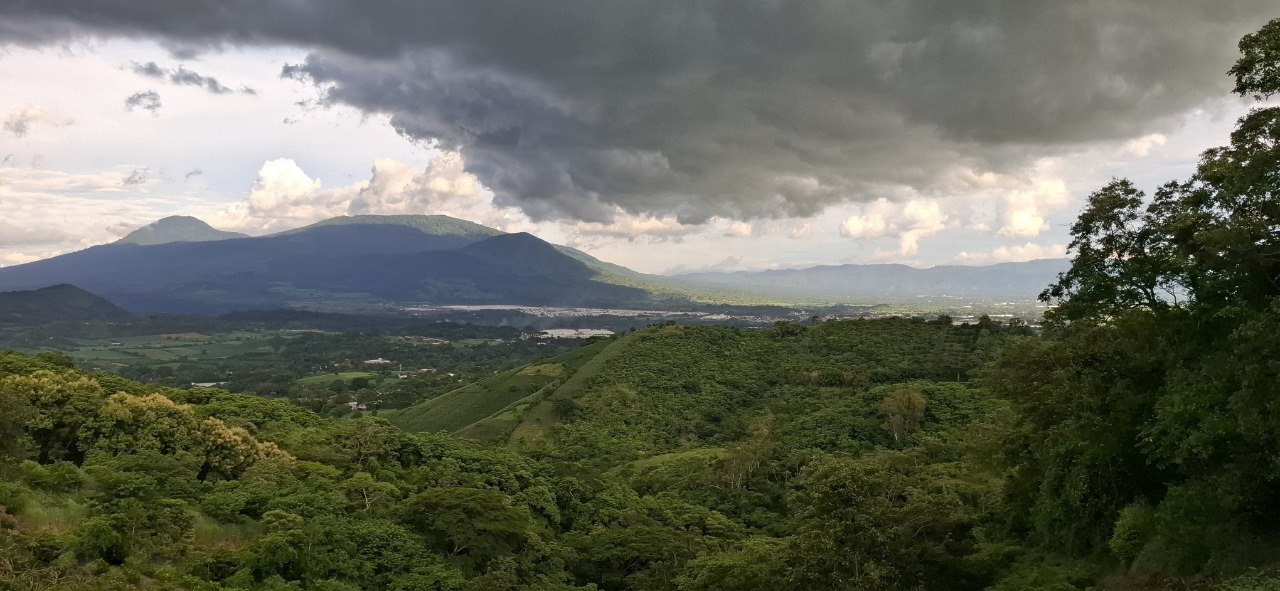
The World Meteorological Organization (WMO) reported on Thursday that there is a 55% chance that the La Niña phenomenon, typically associated with cooler temperatures, will affect global weather between December and February, though in a weakened form.
In its update released Thursday, the WMO clarified that while La Niña is usually linked to a temporary drop in average global temperatures, some regions could still experience warmer-than-normal conditions.
As 2026 progresses, the WMO expects the planet to shift toward neutral conditions, neither influenced by La Niña nor by its opposite, El Niño, which is associated with increased temperatures. The likelihood of neutral conditions is expected to rise to 75% between February and April, according to the agency’s regular bulletin on these phenomena.
La Niña occurs due to cooling of the central and eastern Pacific Ocean waters and is also linked to changes in tropical atmospheric circulation, including wind and rainfall patterns. The opposite phenomenon, El Niño, has not been observed by experts since 2024, which currently remains the warmest year on record.
-
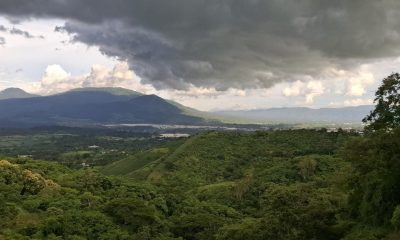
 International2 days ago
International2 days agoWMO predicts 55% chance of weakened La Niña impacting global weather this winter
-

 International4 days ago
International4 days agoVenezuela authorizes return flights as U.S. continues deportations amid rising tensions
-

 Central America2 days ago
Central America2 days agoJuan Orlando Hernández thanks Donald Trump after U.S. pardon
-

 International4 days ago
International4 days ago20,000 rounds stolen from german army after driver leaves cargo unattended
-

 International3 days ago
International3 days agoRussian authorities ban Roblox citing child safety and moral concerns
-

 Internacionales3 days ago
Internacionales3 days agoJuan Orlando Hernández’s family takes time to decide next steps after surprise U.S. release
-

 International4 days ago
International4 days agoEl Chapo’s son Joaquín Guzmán López pleads guilty to U.S. drug trafficking charges
-

 International4 days ago
International4 days agoTrump convenes National Security Council as U.S.–Venezuela tensions intensify
-

 International3 days ago
International3 days agoClimate-driven rains trigger one of Indonesia’s deadliest flood emergencies in years
-

 International2 days ago
International2 days agoSpain’s PSOE summons Mark Zuckerberg over alleged mass surveillance on Android users
-
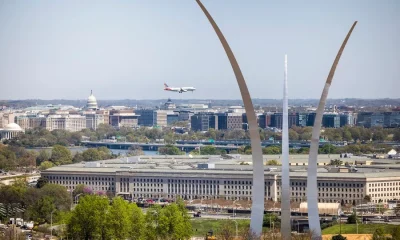
 International2 days ago
International2 days agoNew York Times sues Pentagon over new press restrictions, citing First Amendment violations
-

 International1 day ago
International1 day agoCatalonia’s president calls for greater ambition in defending democracy
-

 International1 day ago
International1 day agoMaría Corina Machado says Venezuela’s political transition “must take place”

























